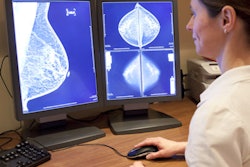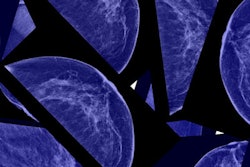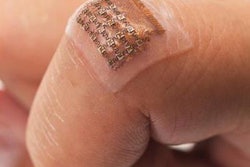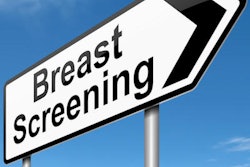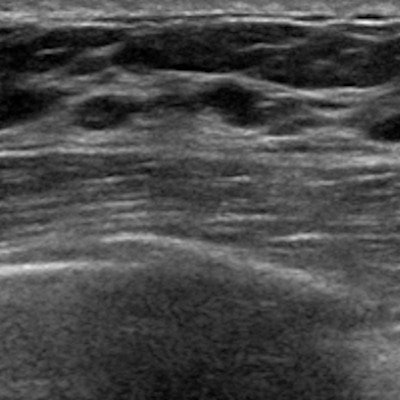
Researchers successfully used a combination of handheld ultrasound and computer-aided diagnosis (CADx) software to triage women in Mexico who had palpable breast masses. They believe the combination is good news for women who may not have access to screening mammography, according to an article published online August 29 in the Journal of Global Oncology.
"[Our] results open up the possibility of implementing practical, cost-effective triage of palpable breast lumps, ensuring that scarce resources can be dedicated to suspicious lesions requiring further workup," wrote a team led by Dr. Susan Love of the Dr. Susan Love Research Foundation in Encino, CA.
In low- to middle-income countries, 23% of new breast cancer cases occur among women ages 15 to 49 years, compared with 10% of new breast cancer cases in high-income countries. Because screening mammography is not necessarily available, women often present with palpable breast lumps; although most of these masses are benign, it's important to determine which of them need further evaluation, Love and colleagues wrote.
In these situations, portable ultrasound is often available, but image interpretation has traditionally been performed by radiologists or breast surgeons -- who may be in short supply.
"At [our study] site, the average wait for a diagnostic ultrasound is nine months because of limited available trained radiologists," the researchers wrote. "Many of the participants traveled up to six hours by bus to participate in this study, corroborating the need for a simple accessible local means of triage."
For the study, Love's group trained three nonradiologist healthcare workers in Jalisco, Mexico, to determine whether they could use ultrasound to acquire images of sufficient quality for accurate analysis by CADx software. The workers were a first-year medical student, a surgical nurse, and a gynecologic intern who used a portable ultrasound scanner (Vscan, GE Healthcare) to acquire orthogonal views of 32 breast masses in 32 women.
The images were analyzed using what the researchers call "triage CADx," an artificial intelligence-based CADx program for ultrasound that is based on convolutional neural networks. CAD results were then compared with radiologist readings.
Among the 32 masses, two were malignant. Nonradiologist healthcare staff was able to acquire adequate images, Love and colleagues found. In addition, triage by the software was as accurate as radiologist assessment of the masses, with 100% sensitivity and specificity.
The results suggest a way to make use of limited breast care resources in low- to middle-income countries.
"This study demonstrates that first-level healthcare workers are capable of acquiring images with a portable ultrasound machine comparable to those of a trained radiologist," the group concluded.




